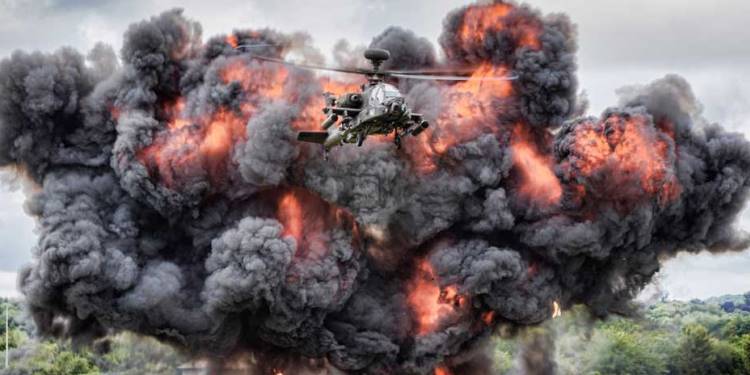Climate Change and Military Activities
Conflict and Environment Observatory (CEOBS) published on 16 June the article “The military’s contribution to climate change” with the aim of analysing how military activities contribute to Greenhouse gas (GHG) emissions.
To begin with, energy use at military bases and fuel use from the operation of military equipment, such as aircraft, naval vessels and land vehicles, are often perceived as the main contributors to military GHG emissions. Furthermore, aviation represents around 3.5% of climate warming, and military aviation is predicted at between 8% to 15% of this total. Regarding the marine sector, it is responsible for 2.5% of global GHG emissions and the percentage is constantly increasing. Military training lands and estates cover between 1-6% of the global land surface, and thus the way they are used and managed could have a significant impact on global GHG emissions. Waste management also represents approximately 3% of global GHG emissions.
To continue, arms production and the military supply chain count high for GHG emissions. In the EU, companies are legally obliged to provide non-financial reporting, which includes information on their GHG emissions. However, the current guidelines on communicating climate-related information are non-binding. Hence, the issue remains that military emissions reporting is optional at an international level and thus incomplete.
Overall, the article highlights the need for greater transparency and more robust reporting so that emissions can be managed and reduced.
The article is available here.
EUROMIL also supports CEOBS call for action on “Governments: commit to meaningful military emissions cuts at COP26”.
Photo: by Cpl Neil Bryden RAF, © Crown copyright

